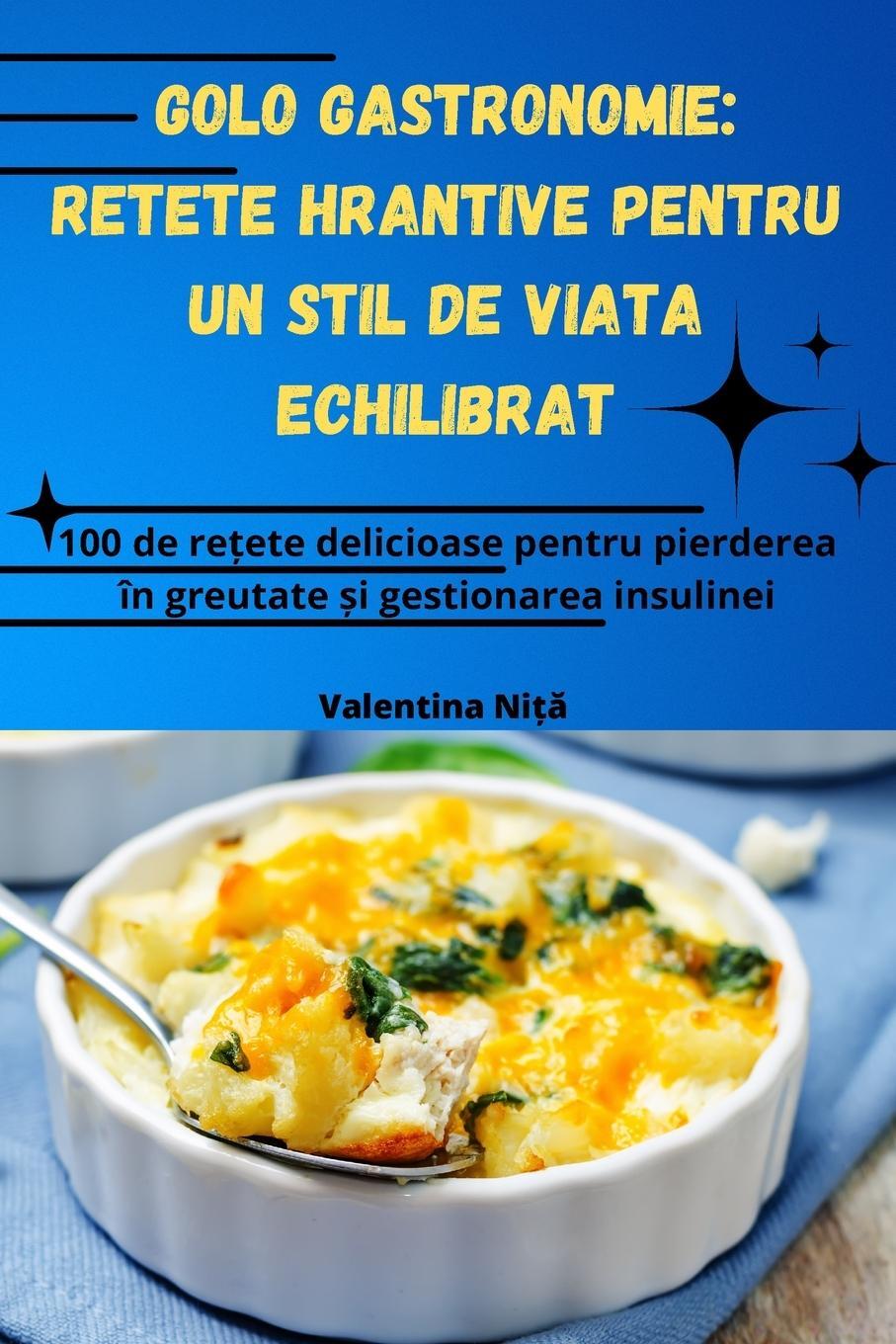Dekorationsartikel gehören nicht zum Leistungsumfang.
Sprache:
Englisch
53,49 €*
Versandkostenfrei per Post / DHL
Aktuell nicht verfügbar
Kategorien:
Beschreibung
The roleofvitamins inhuman nutrition is an importantaspectofnutrition and food science, and our knowledge in this area is still advancing. Over the last few years there has been a considerable consumer awareness ofnutrition and healthy eating which has been enhanced by numerous articles in the media and by nutritional labellingon products. As aconsequence, the food industry has hadtobecomemore concernedwiththenutritional valueofproductsandthemaintenanceofguaranteed micronutrient levels. While the food industry has the responsibility ofproducing foods that provide a realistic supply ofnutrients, including vitamins, it is now also required to offer products with ahigh degree ofconvenience and long shelflives. Vitamins are a group of chemical compounds which are relatively unstable. They are affected by a number of factors such as heat, light and other food components and also by the processes needed to preserve the food or to convert it into consumer products (e.g. pasteurisation, sterilisation, extrusion, irradiation, etc.). The result ofthese interactions may be a partial or total loss ofthe vitamins. Food technology is concerned with both the maintenance ofvitamin levels in foods and the restoration of the vitamin content to foods where losses have occurred. In addition, foods designed for special nutritional purposes such as baby and infantfoods and slimming foods need to be enriched or fortified with vitamins and other micronutrients. In addition to being essential nutrients, some vitamins have an important role astechnological additives infoods andcanbefound acting as colours, antioxidants and texture improvers.
The roleofvitamins inhuman nutrition is an importantaspectofnutrition and food science, and our knowledge in this area is still advancing. Over the last few years there has been a considerable consumer awareness ofnutrition and healthy eating which has been enhanced by numerous articles in the media and by nutritional labellingon products. As aconsequence, the food industry has hadtobecomemore concernedwiththenutritional valueofproductsandthemaintenanceofguaranteed micronutrient levels. While the food industry has the responsibility ofproducing foods that provide a realistic supply ofnutrients, including vitamins, it is now also required to offer products with ahigh degree ofconvenience and long shelflives. Vitamins are a group of chemical compounds which are relatively unstable. They are affected by a number of factors such as heat, light and other food components and also by the processes needed to preserve the food or to convert it into consumer products (e.g. pasteurisation, sterilisation, extrusion, irradiation, etc.). The result ofthese interactions may be a partial or total loss ofthe vitamins. Food technology is concerned with both the maintenance ofvitamin levels in foods and the restoration of the vitamin content to foods where losses have occurred. In addition, foods designed for special nutritional purposes such as baby and infantfoods and slimming foods need to be enriched or fortified with vitamins and other micronutrients. In addition to being essential nutrients, some vitamins have an important role astechnological additives infoods andcanbefound acting as colours, antioxidants and texture improvers.
Inhaltsverzeichnis
1 Biological functions of vitamins.- 1.1 Introduction.- 1.2 Retinol (vitamin A) and the provitamin carotenoids.- 1.3 Vitamin D.- 1.4 Vitamin E (tocopherol).- 1.5 Vitamin K.- 1.6 Thiamin.- 1.7 Riboflavin.- 1.8 Pyridoxin.- 1.9 Niacin.- 1.10 Vitamin B12.- 1.11 Folates.- 1.12 Pantothenic acid.- 1.13 Biotin.- 1.14 Taurine and choline.- 1.15 Carnitine.- 1.16 Ascorbic acid.- 1.17 Other organic trace constituents of food.- 1.18 Vitamins and 'free radical' damage.- Further reading.- 2 Natural occurrence of vitamins in food.- 2.1 Fat soluble vitamins and carotenoids.- 2.2 Water soluble vitamins.- References.- 3 Nutritional aspects of vitamins.- 3.1 Vitamin deficiency diseases.- 3.2 Recommended daily allowances.- 3.3 Safety.- References.- 4 Industrial production.- 4.1 Introduction.- 4.2 Vitamin production.- References.- 5 Stability of vitamins in food.- 5.1 Introduction.- 5.2 Fat soluble vitamins.- 5.3 Water soluble vitamins.- 5.4 Vitamin-vitamin interactions.- 5.5 Processing losses.- 5.6 Irradiation.- 5.7 Food product shelf life.- 5.8 Protection of vitamins.- References.- 6 Vitamin fortification of foods (specific applications).- 6.1 Addition of vitamins to foods.- 6.2 Beverages.- 6.3 Cereal products.- 6.4 Dairy products.- 6.5 Confectionery.- References.- 7 Vitamins as food additives.- 7.1 Ascorbic acid (vitamin C).- 7.2 Carotenoids (provitamins A).- 7.3 Riboflavin (vitamin B2).- 7.4 Niacin.- 7.5 dl-?-tocopherol (vitamin E).- References.- 8 Vitamin analysis in foods.- 8.1 Introduction.- 8.2 Oil soluble vitamins.- 8.3 The B-group vitamins.- 8.4 Vitamin C.- References.- 9 Food fortification.- 9.1 General policies for nutrient additions.- 9.2 Legislation concerning addition of nutrients to foods.- 9.3 Claims for nutrients and labelling of fortified foods.- 9.4 Restrictiveregulations and policies on health claims.- 9.5 The stability of vitamins.- 9.6 Additions of iron sources to foods and drinks.- 9.7 Communicating nutrition.- 9.8 Conclusion.- References.- Appendix 1: Chemical and physical characteristics of vitamins.- Appendix 2: Recommended nutrient reference values for food labelling purposes.
Details
| Erscheinungsjahr: | 2012 |
|---|---|
| Fachbereich: | Chemische Technik |
| Genre: | Technik |
| Rubrik: | Naturwissenschaften & Technik |
| Medium: | Taschenbuch |
| Seiten: | 284 |
| Inhalt: |
x
270 S. 1 s/w Illustr. |
| ISBN-13: | 9781461358893 |
| ISBN-10: | 1461358892 |
| Sprache: | Englisch |
| Ausstattung / Beilage: | Paperback |
| Einband: | Kartoniert / Broschiert |
| Autor: | Ottaway, P. Berry |
| Auflage: | 1993 |
| Hersteller: |
Springer US
Springer US, New York, N.Y. |
| Maße: | 235 x 155 x 16 mm |
| Von/Mit: | P. Berry Ottaway |
| Erscheinungsdatum: | 17.10.2012 |
| Gewicht: | 0,435 kg |
Inhaltsverzeichnis
1 Biological functions of vitamins.- 1.1 Introduction.- 1.2 Retinol (vitamin A) and the provitamin carotenoids.- 1.3 Vitamin D.- 1.4 Vitamin E (tocopherol).- 1.5 Vitamin K.- 1.6 Thiamin.- 1.7 Riboflavin.- 1.8 Pyridoxin.- 1.9 Niacin.- 1.10 Vitamin B12.- 1.11 Folates.- 1.12 Pantothenic acid.- 1.13 Biotin.- 1.14 Taurine and choline.- 1.15 Carnitine.- 1.16 Ascorbic acid.- 1.17 Other organic trace constituents of food.- 1.18 Vitamins and 'free radical' damage.- Further reading.- 2 Natural occurrence of vitamins in food.- 2.1 Fat soluble vitamins and carotenoids.- 2.2 Water soluble vitamins.- References.- 3 Nutritional aspects of vitamins.- 3.1 Vitamin deficiency diseases.- 3.2 Recommended daily allowances.- 3.3 Safety.- References.- 4 Industrial production.- 4.1 Introduction.- 4.2 Vitamin production.- References.- 5 Stability of vitamins in food.- 5.1 Introduction.- 5.2 Fat soluble vitamins.- 5.3 Water soluble vitamins.- 5.4 Vitamin-vitamin interactions.- 5.5 Processing losses.- 5.6 Irradiation.- 5.7 Food product shelf life.- 5.8 Protection of vitamins.- References.- 6 Vitamin fortification of foods (specific applications).- 6.1 Addition of vitamins to foods.- 6.2 Beverages.- 6.3 Cereal products.- 6.4 Dairy products.- 6.5 Confectionery.- References.- 7 Vitamins as food additives.- 7.1 Ascorbic acid (vitamin C).- 7.2 Carotenoids (provitamins A).- 7.3 Riboflavin (vitamin B2).- 7.4 Niacin.- 7.5 dl-?-tocopherol (vitamin E).- References.- 8 Vitamin analysis in foods.- 8.1 Introduction.- 8.2 Oil soluble vitamins.- 8.3 The B-group vitamins.- 8.4 Vitamin C.- References.- 9 Food fortification.- 9.1 General policies for nutrient additions.- 9.2 Legislation concerning addition of nutrients to foods.- 9.3 Claims for nutrients and labelling of fortified foods.- 9.4 Restrictiveregulations and policies on health claims.- 9.5 The stability of vitamins.- 9.6 Additions of iron sources to foods and drinks.- 9.7 Communicating nutrition.- 9.8 Conclusion.- References.- Appendix 1: Chemical and physical characteristics of vitamins.- Appendix 2: Recommended nutrient reference values for food labelling purposes.
Details
| Erscheinungsjahr: | 2012 |
|---|---|
| Fachbereich: | Chemische Technik |
| Genre: | Technik |
| Rubrik: | Naturwissenschaften & Technik |
| Medium: | Taschenbuch |
| Seiten: | 284 |
| Inhalt: |
x
270 S. 1 s/w Illustr. |
| ISBN-13: | 9781461358893 |
| ISBN-10: | 1461358892 |
| Sprache: | Englisch |
| Ausstattung / Beilage: | Paperback |
| Einband: | Kartoniert / Broschiert |
| Autor: | Ottaway, P. Berry |
| Auflage: | 1993 |
| Hersteller: |
Springer US
Springer US, New York, N.Y. |
| Maße: | 235 x 155 x 16 mm |
| Von/Mit: | P. Berry Ottaway |
| Erscheinungsdatum: | 17.10.2012 |
| Gewicht: | 0,435 kg |
Warnhinweis












